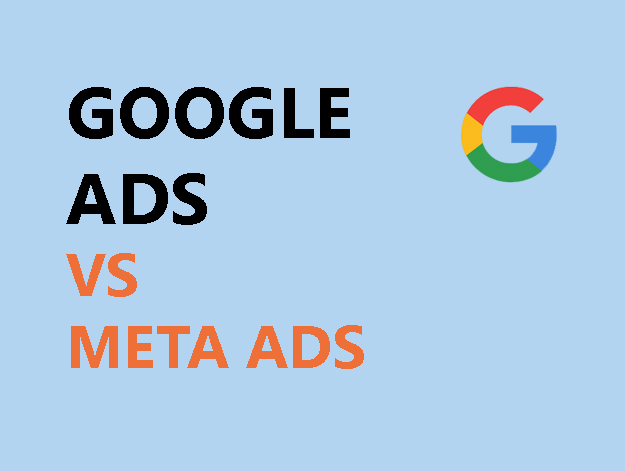If you’re managing digital ad budgets, one of the most common questions is: should we invest in Google Ads or Meta (Facebook/Instagram) Ads?
The short answer? It depends — on your business model, funnel stage, creative assets, and market (NZ, AU or global).
In this blog, we compare the platforms side-by-side to help you decide where your money will work harder based on your goals.
Google Ads vs Meta Ads: Core Differences
- Google Ads captures intent (search-driven)
- Meta Ads generates demand (interruption-driven)
- Google is stronger for direct-response and high-intent purchases
- Meta excels at visual storytelling and brand introduction
When Google Ads Wins
1. High-Intent or Time-Sensitive Offers
Think legal, trades, B2B, SaaS, e-commerce with urgent need.
2. Complex Buyer Journeys
Use Search + YouTube + PMax to cover multiple touchpoints.
3. Strong Existing Demand
Capture what users are already searching for.
When Meta Ads Wins
1. Visually Led Brands
E.g., fashion, fitness, DTC, food, homewares.
2. Lower-Funnel Retargeting
Recover interest with dynamic product ads.
3. Mid-Funnel Education
Meta is ideal for explaining value props over time via video or carousels.
Case Study – AU Fashion Retailer
An online fashion label based in Melbourne used Google Ads to capture branded and product-level search, while Meta Ads drove top-of-funnel video engagement.
By coordinating both platforms, they reduced blended CAC by 31% and increased conversion volume 2.5x in three months.
How to Decide — or Combine Both
- Start with the platform that matches your funnel bottleneck
- Use Meta for awareness, Google for demand capture
- Coordinate creative and audience segmentation
- Monitor blended ROAS across all channels, not just last-click
Final Thoughts
You don’t need to choose Google or Meta — you need to choose what supports your growth phase.
Many of the top-performing brands globally — including in NZ and AU — are using both channels strategically, with aligned messaging and clear attribution tracking.
At Metrics Media, we help businesses globally — with offices in NZ and AU — plan cross-channel strategies that maximise ROAS.
📧 Need help aligning your ad channels? Contact us: info@metricsmedia.co.nz



